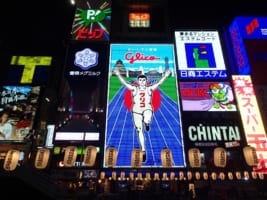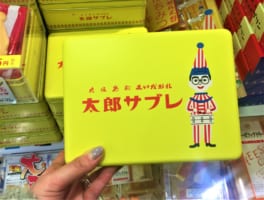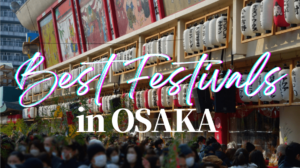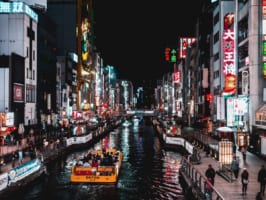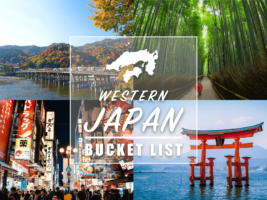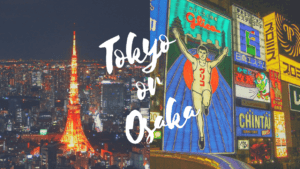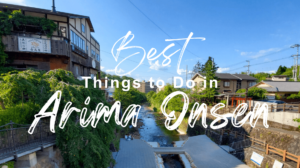Kita vs. Minami: Discovering the Diverse Faces of Osaka
Osaka's Dual Identity: Differences between Kita and Minami
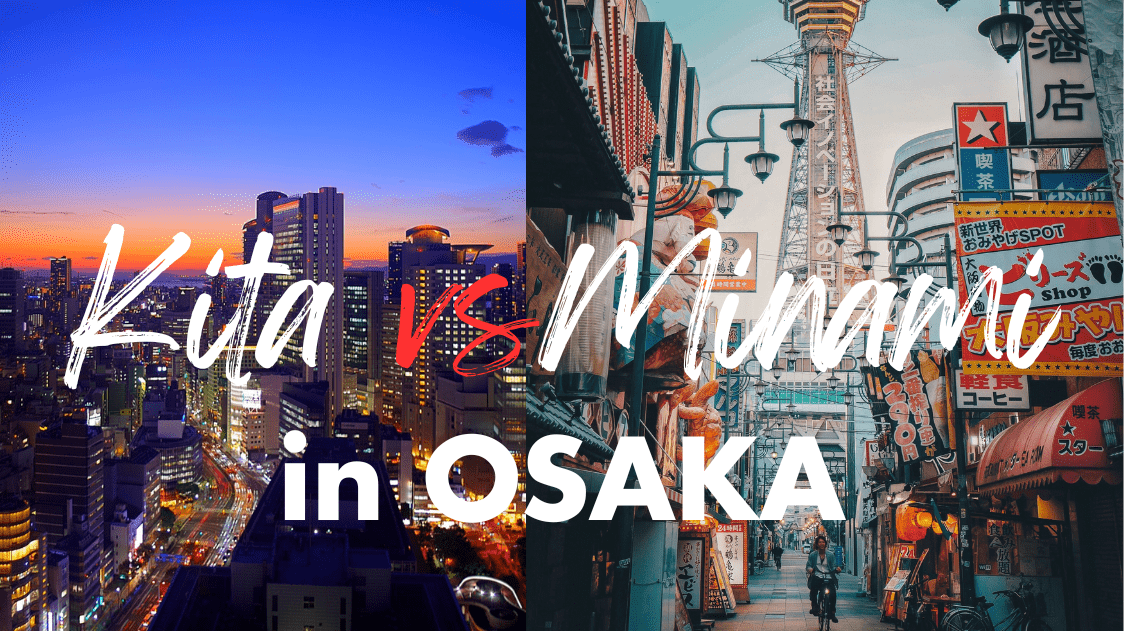
Before you plan your trip to Osaka, there is a concept you may want to know that will allow you to have a better grip on this great city. It is the fact that it is conceptually divided into two distinct areas: “Kita” and “Minami”. Did you know that these terms not only represent geographical locations but also encapsulate the unique character and charm of Osaka?
In this article, we delve into the meanings behind “Kita” and “Minami”, exploring the specific regions they refer to and unveiling the myriad attractions each area offers. From the upscale elegance of Kita to the vibrant energy of Minami, we’ll guide you through the diverse faces of Osaka.
Additionally, we’ll touch upon other noteworthy aspects of the city, ensuring you capture the full essence of this dynamic urban landscape. Join us on this journey to discover what makes each part of Osaka uniquely captivating.
Kita vs Minami: What’s the difference?
The terms Kita and Minami are pretty common among locals in Osaka, but not quite for even Japanese visitors. These terms literally mean “North” and “South” respectively, but these terms don’t just refer to their location but also an interesting distinction in cultural tonality. The dynamic contrast between Kita and Minami encapsulates the city’s diverse charm.
Kita, centered around the Umeda area and extending to Kitashinchi, Dojima, Nakanoshima, and Nishi-Temma, exudes sophistication. Renowned for its upscale ambiance, Kita is adorned with luxurious hotels, high-end department stores, and chic cafes, catering to a more mature audience seeking refined experiences. Its polished urban space, with a historical distinction from Minami, lacks a precise boundary but is generally recognized as encompassing the areas around Umeda and Osaka Station.
Minami, stretching from Dotonbori and Shinsaibashi in the north to Namba in the south, and from Nipponbashi’s Kuromon Market in the east to the trendy Horie area in the west, is the heart of Osaka’s youth culture. Known for its lively, tourist-centric atmosphere, Minami is the quintessential Osaka experience, with a plethora of local foods and cultural hotspots. Here, the vibrant streets buzz with energy, drawing visitors to its emblematic spots like Dotonbori and Shinsaibashi.
The choice between exploring Kita or Minami can define the essence of your Osaka trip: a serene and elegant experience in Kita, or an energetic, culturally rich journey in Minami.
Let’s dive deeper into the charm of each of these areas!
Kita (North)
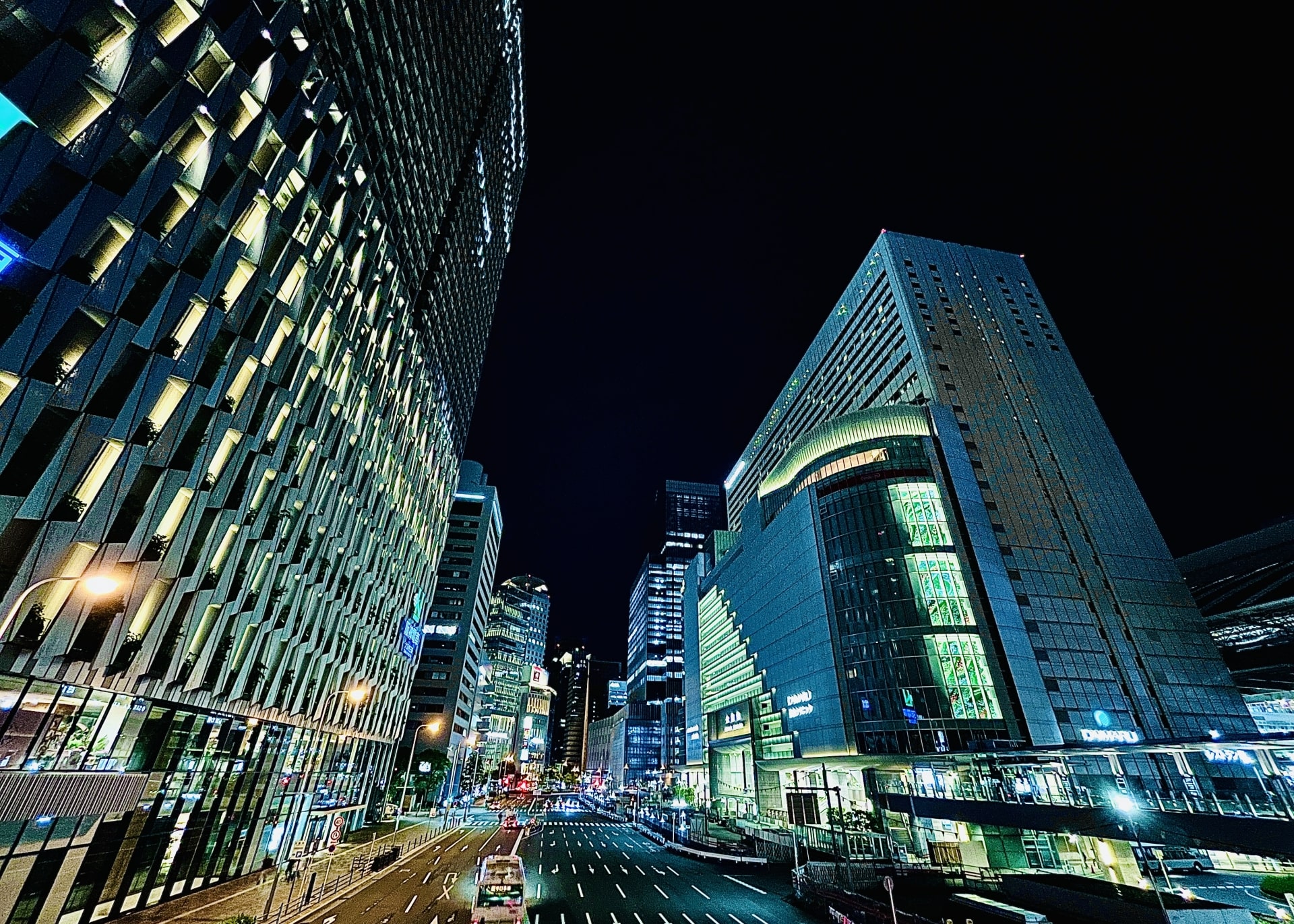
Kita’s history dates back about 400 years to the early Edo period, originating from the Dojima Shinchi red-light district. It evolved alongside the “Nanji Gokagai” (a pleasure district around the present-day Dotonbori River). As entertainment districts developed around Kitashinchi, this area, lying north of Nanji, started being referred to as “Kita” (north), distinguishing it from the more narrowly defined Minami region.
The Kita area, is a sophisticated hub centered around Osaka and Umeda Stations, encompassing areas like Umeda, Kitashinchi, and Nakanoshima. Renowned for its upscale ambiance, Kita boasts an array of luxury department stores and elegant hotels, making it a prime destination for high-end shopping and luxurious stays.
The area is also home to trendy cafes and chic boutiques, contributing to its stylish and mature atmosphere. Kita is celebrated for its calm, refined, and safe environment, appealing to those seeking a serene urban experience. Additionally, its location as a major transport hub makes it convenient for exploring Osaka and neighboring regions such as Kyoto, Hyogo, and Shiga.
Things to Do in Kita
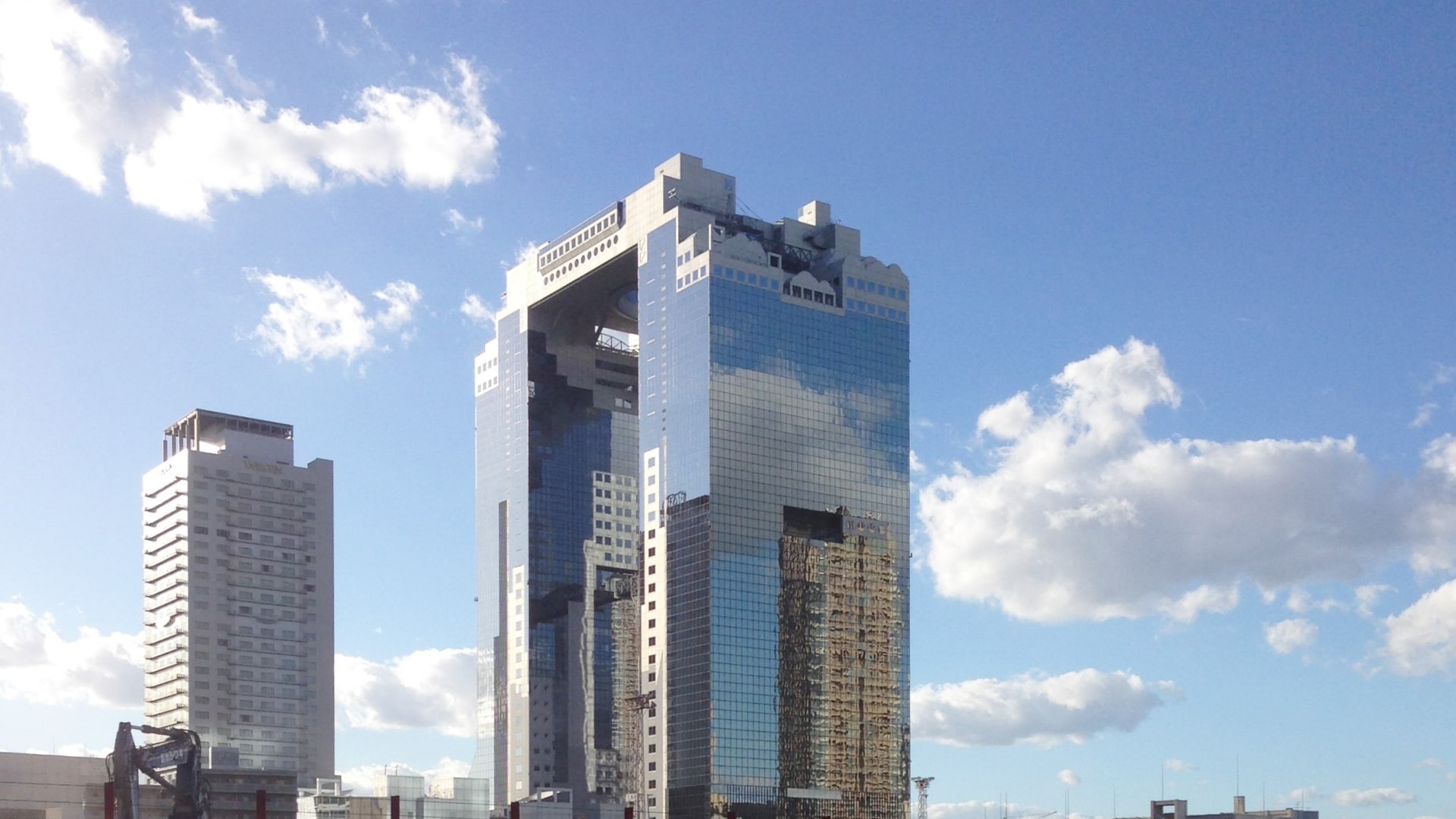
1. Shopping in Umeda
In the Umeda area, three major department stores epitomize upscale shopping: Hankyu Umeda Main Store (阪急うめだ本店), renowned for its wide range of luxury brands and designer goods; Hanshin Umeda Main Store (阪神百貨店 梅田本店), famous for its extensive food hall and diverse merchandise; and Daimaru Umeda Store (大丸梅田店), offering a blend of fashion, lifestyle products, and gourmet food.
2. Umeda Sky building (observatory)
A striking architectural marvel featuring two 40-story towers connected at the top. It’s famed for its Floating Garden Observatory, offering breathtaking panoramic views of the city. Visitors can also enjoy its unique glass elevator and escalator experience, enhancing the journey to the top. You will also find many shops and restaurants in the building.
3. Kitashinchi
Kitashinchi is renowned as a high-end entertainment district, bustling with about 3,000 dining establishments including bars, clubs, traditional Japanese eateries, and various fusion restaurants. Historically, it has thrived as a social and information exchange hub for business professionals, blending gourmet experiences with elite networking opportunities.
4. Nakanoshima
A central island in Osaka that is cradled between the Dojima and Tosabori rivers, symbolizing the city’s aquatic charm. Historically the heart of economic, cultural, and administrative activities, it still hosts numerous office buildings, historic architecture, and cultural facilities. Notable landmarks include the Osaka Tenmangu Shrine, Nakanoshima Park, and The National Museum of Art, solidifying its status as a symbolic island in the aquatic city of Osaka.
▶Best Things to Do in Nakanoshima
5. Stay at a luxury hotel
The Kita area is a haven for luxury accommodations, featuring prestigious hotels like InterContinental Osaka, The Ritz-Carlton Osaka, and Hilton Osaka. These hotels are renowned for their exquisite service, elegant interiors, and world-class amenities. The area offers a plethora of options for those seeking opulent stays, catering to diverse preferences in luxury hospitality.
Minami (South)
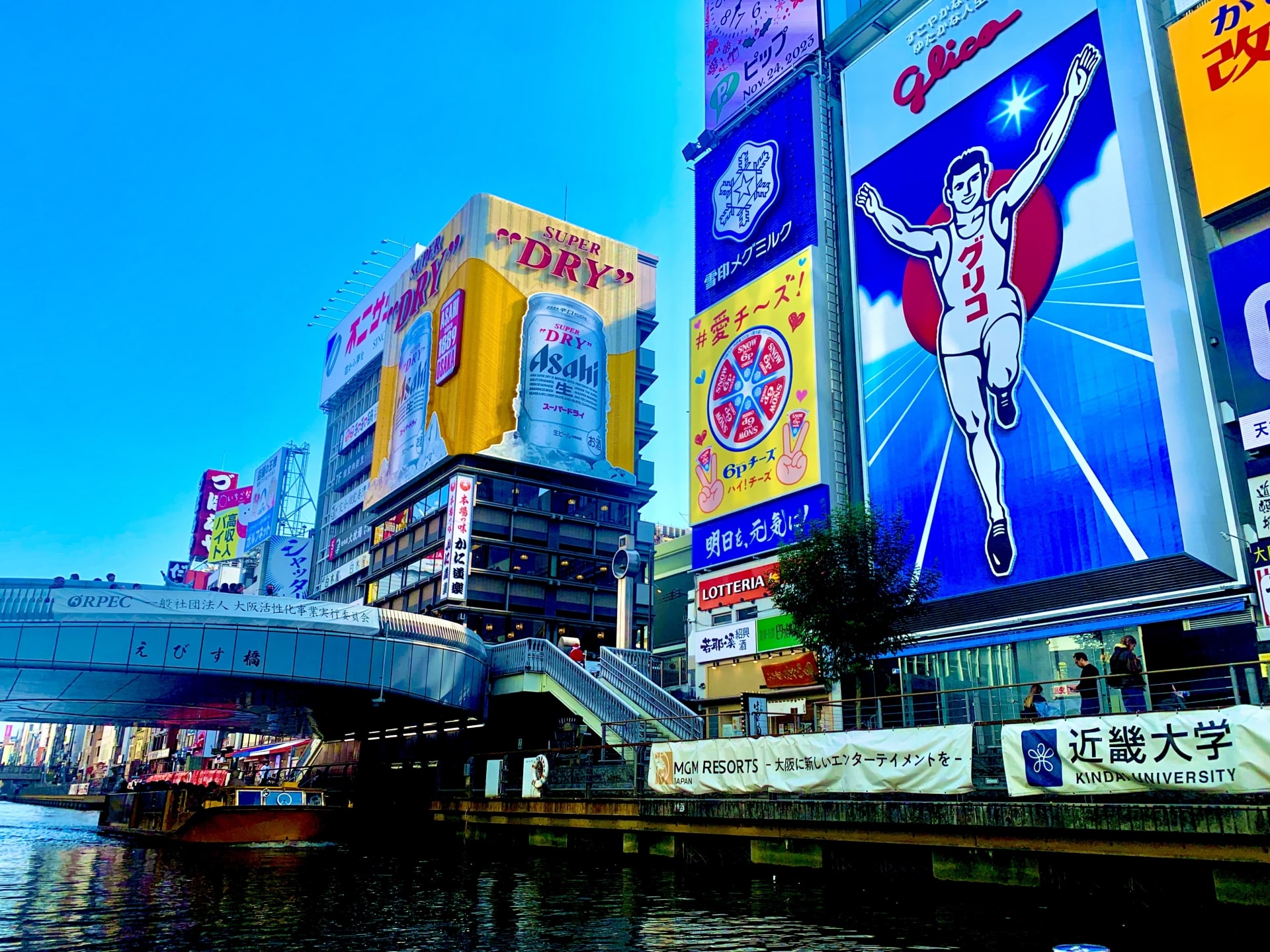
Minami’s roots trace back to the “Nanji Gokagai,” originating around 400 years ago in the early Edo period. It developed south of the newly completed Dotonbori area in 1615, where theaters began to proliferate. This led to the emergence of entertainment districts catering to audiences, giving rise to Minami. Initially, “Minami” referred to a much narrower region around the Dotonbori River area, named after these thriving pleasure quarters.
At the core of Osaka’s tourist scene, Minami includes vibrant areas like Shinsaibashi, Dotonbori, Namba, Shinsekai, Tennoji, and Abeno.
Renowned as Osaka’s most popular tourist destination, it serves as an ideal base for exploring Osaka and neighboring regions like Nara and Wakayama. Minami is celebrated for its lively, authentic Osaka atmosphere, bustling with street food vendors offering local delicacies like takoyaki and okonomiyaki. Key attractions like the iconic Glico sign and Kani Doraku crab in Dotonbori epitomize the area’s rich culinary culture.
This busy district offers a perfect blend of modernity and tradition, capturing the vibrant essence of Osaka life.
Things to Do in Minami
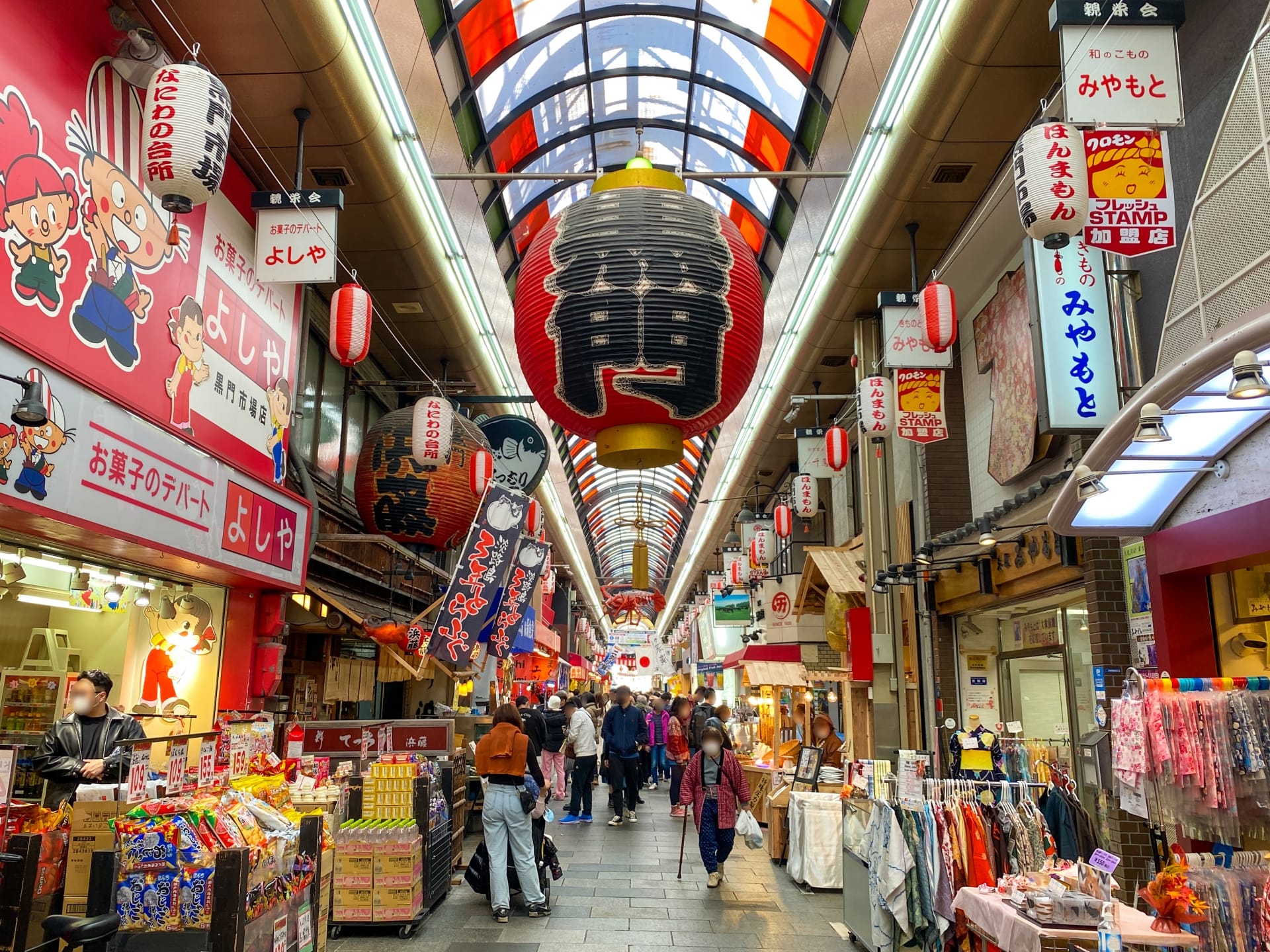
1. Dotonbori
Famous for its vibrant street life, epitomized by the iconic Glico sign, a symbol of the area’s energy and history. Renowned for its eclectic food scene, it offers an array of local delicacies like takoyaki and okonomiyaki, making it a foodie paradise. Additionally, its energetic shopping streets attract both locals and tourists, making Dotonbori a popular and quintessential Osaka experience. It is a “must-go” area in Osaka.
2. Shinsaibashi
Well-known for its extensive shopping district, Shinsaibashi-suji, lined with a variety of stores ranging from high-end boutiques to unique local shops. Its popularity stems from this diverse retail mix, appealing to all shopping preferences and budgets, making it a must-visit destination for tourists and locals alike.
▶Best Things to Do in Shinsaibashi
3. Kuromon Market
Often called “Osaka’s Kitchen”, Kuromon Market is a lively marketplace famous for its fresh seafood, produce, and street food. Its popularity stems from the authentic local shopping experience it offers, with over 150 shops providing a taste of Osaka’s rich culinary culture, attracting both chefs and food enthusiasts.
▶Kuromon Market: Osaka’s Popular & Historic Marketplace
4. Shinsekai
A nostalgic and vibrant district, known for its retro atmosphere reminiscent of the Showa era. Famous for the iconic Tsutenkaku Tower and its unique streetscape, it’s popular for its affordable eateries, including kushikatsu (deep-fried skewered meat and vegetables), attracting tourists seeking an authentic, old-school Osaka experience. A highly unique place you don’t want to miss.
5. Abeno Harukas
Japan’s tallest skyscraper renowned for its breathtaking Harukas 300 observatory offering panoramic city views. It is popular among both locals and visitors due to its comprehensive facilities, including a department store, hotel, museum, and restaurants, making it a multifaceted destination for shopping, dining, and sightseeing in the city.
New Area: What is Nishi (West)?
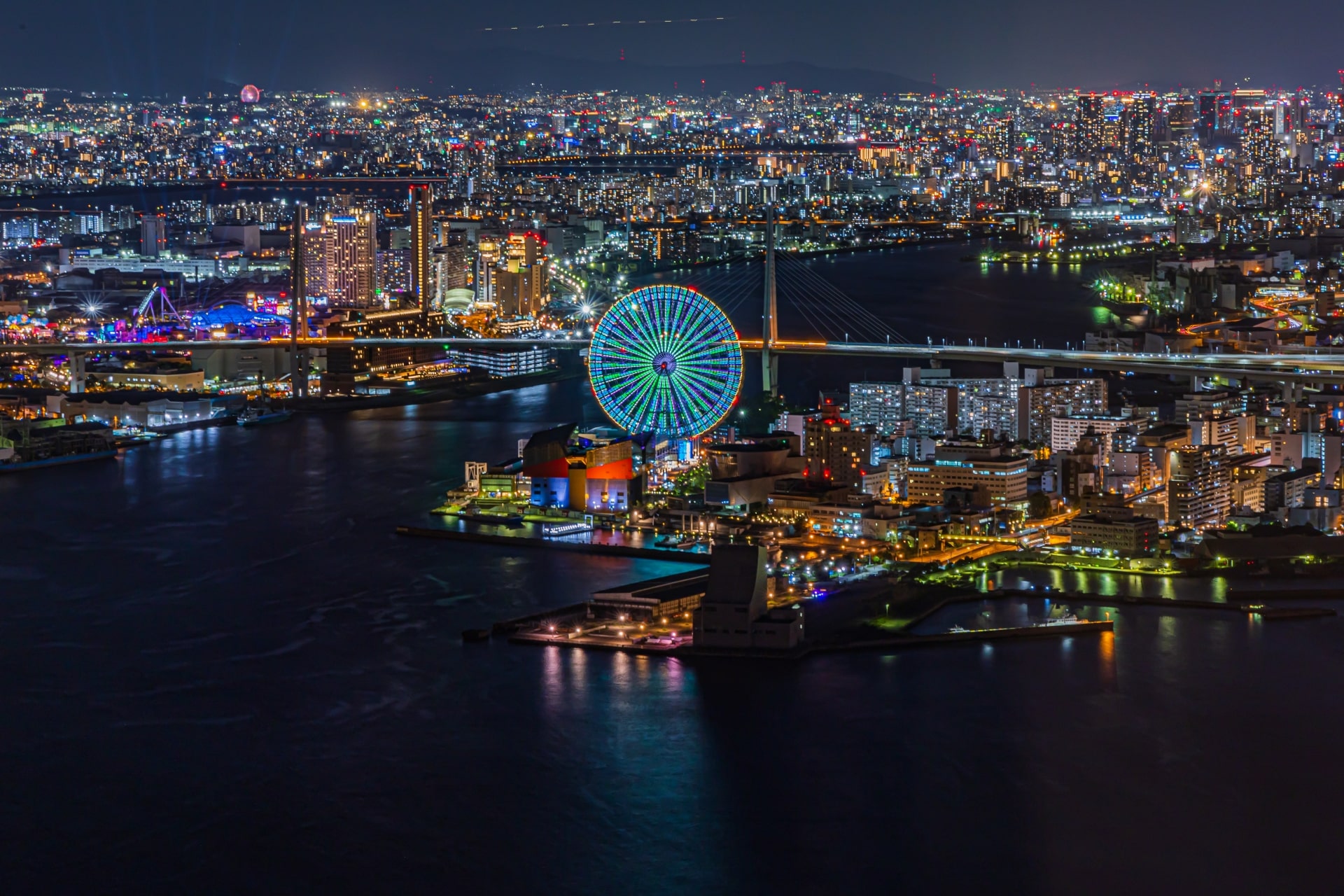
In contrast to the aforementioned Kita and Minami that has been part of Osaka’s culture for a long time, there is a new area that is starting to be noticed.
The emerging area of Nishi (West) in Osaka is gaining attention, especially with the upcoming 2025 Osaka-Kansai World Expo. Located in the bay area, Nishi is centered around Yumeshima, a candidate site for an integrated resort (IR) including a casino. This coastal zone hosts popular attractions like Universal Studios Japan (USJ) and Kaiyukan Aquarium, one of the largest aquariums in the world. The current landmark of Nishi is the Cosmo Tower in Sakishima.
The term Nishi is something the government and developers are pushing as a hotspot alongside Kita and Minami, however, it’s yet to be seen if this new term will become as entrenched as its counterparts.
Which Should First-Time Visitors to Osaka Choose: Kita or Minami?
In conclusion, while Kita and Minami are closely located, allowing for the enjoyment of both, you might find yourself spending more time in Minami, with its historical and cultural richness exemplified by areas like Dotonbori and Shinsekai.
However, your travel purpose plays a role too. The coastal area with popular spots like USJ and Kaiyukan is indispensable. Ultimately, Osaka offers an abundance of activities, making prior research a wise recommendation to fully embrace this city’s vibrant diversity.
▽Subscribe to our free news magazine!▽
For more information about Osaka, check these articles below, too!
▽Related Articles▽
▼Editor’s Picks▼
Written by
Born and raised in Costa Rica, I started living in Tokyo from college. I love traveling within Japan & around the world. Since I wasn’t born in Japan, I know the cultural impact that you can get when visiting Japan for the first time and what you might be worried about before your trip. And I’ve lived long enough to somewhat understand the nuances of the Japanese culture that make this country such an attractive place to visit. Hopefully I can provide to you both the information you’re looking for and the information you didn’t know you needed to know.






